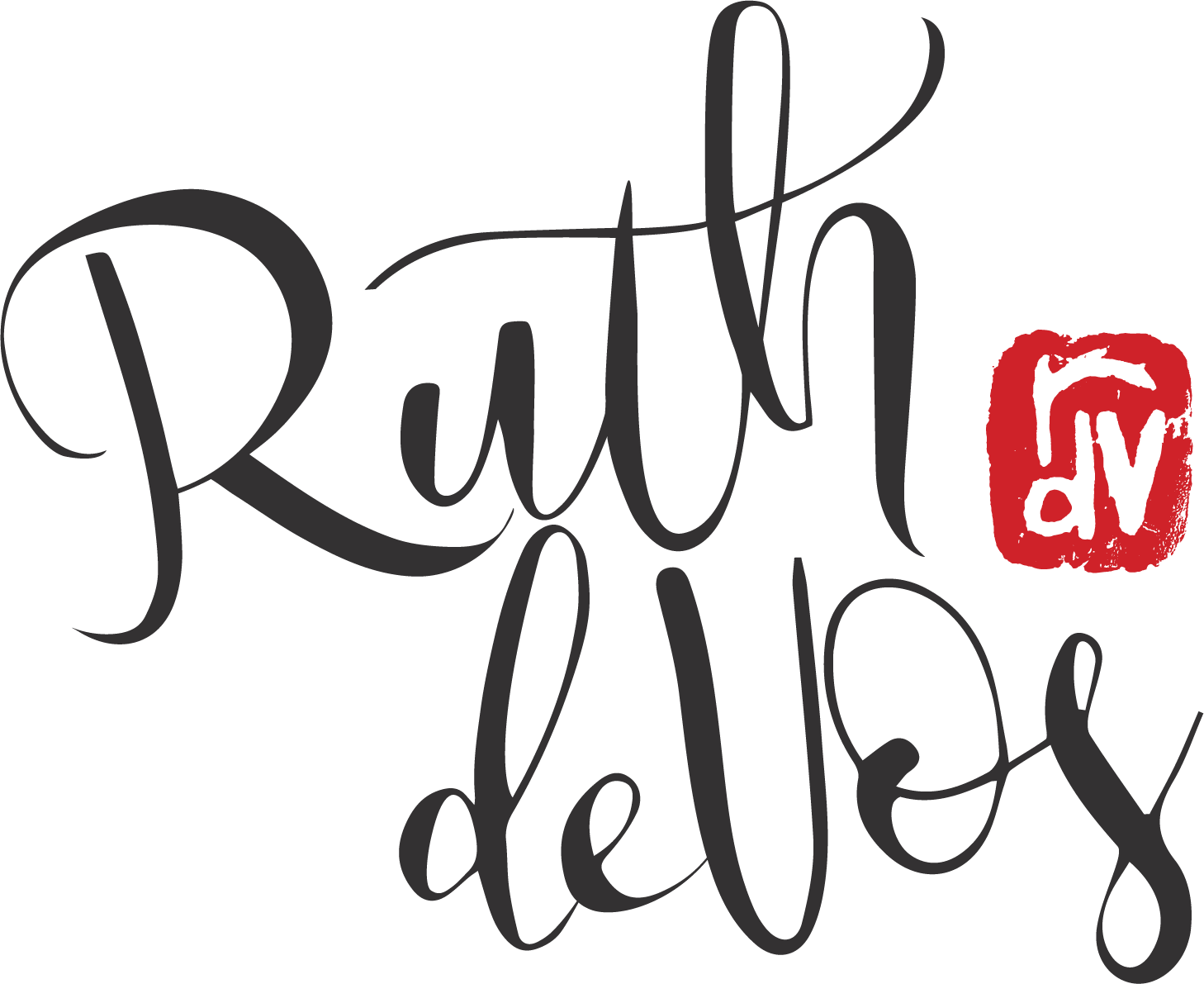So You Want to be a Textile Artist?
1. Just do it! Try, play, experiment, make. Don't wait until you know exactly what you are doing (I still don't!). You don't need to know colour theory inside out to start making. Or have twenty different embroidery stitches under your belt – you can go a long way with running stitch! You don't need to have exactly the right materials or know which paint is the best for your project. Just start! I watched my mum make quilts and clothing from curtain samples for years, because that was the only fabric she had access to, even though the rules said that quilts should be made from 100% cotton. I also watched my mum try out all kinds of projects and techniques throughout the years. I think she worked on the mentality that 'If they can do it, I can too – or, I can at least try.”
2. Experiment. Try a tonne of different things – different techniques, different materials, different styles. And then settle on a few that you love. During my first years as a textile artist, I attended a monthly meeting of the 'arty' chapter of our local quilt guild (up until it just got too difficult to arrange regular babysitting). During most of that time, we worked on monthly challenges, where the group set a medium or technique or word around which to base a small experimental artwork. I produced a stack of A3 sized experimental artworks that are only united by their size. I quickly established that, while appliqué (and particularly raw edge appliqué) is versatile, I drew much greater satisfaction from creating my images by piecing bits of fabric together. So piecing is a key technique that I have stuck to in my artwork every since.
In case it's not clear from what I already said, I believe it's important to experiment and try different things for yourself, but then I believe it's even more important to find what works for you and stick with it. You can experiment for the rest of your life if you wish, but it won't enable you to develop a solid body of artwork and a distinctive style.
On a somewhat similar vein, beware of workshops. Not to discredit the many wonderful workshops out there… But if you are wanting to be serious about your textile art practice, pick and choose a few workshops that allow you to develop your own style and work. Jumping from one workshop to another for years on end, especially those that are techniques-based, will leave you little time or mental space to develop your own body of work. Of course, workshops are fun, so if your goal is simple to try out lots of different things, then go for it! I've participated in a few workshops, but so far none of them have been textile workshops. Several have been about the business side of being an artist, and a couple have been focussed on illustration.
3. Start simple. After I established that piecing was a key technique that I wanted to use in my artwork, I started with piecing simple designs. Then gradually refine and build on what you do, until it really becomes your own and you become really comfortable with it. The one below is my first ever attempt at piecing together an image. After that I attempted gradually more complex designs (tighter curves, smaller pieces, and more complex images).
4. Use your library. The internet is a great source of advice and inspiration, but sometimes nothing beats a good book for understanding a technique or process. Books will often give a far more thorough picture than an online article, and will also include things like glossaries, and references. Here are some that I recommend:
Dyeing to Quilt, by Joyce Mori and Cynthia Myerberg
Printing by Hand by Lena Corwin
Drawing on the Right Side of the Brain, by Betty Edwards








